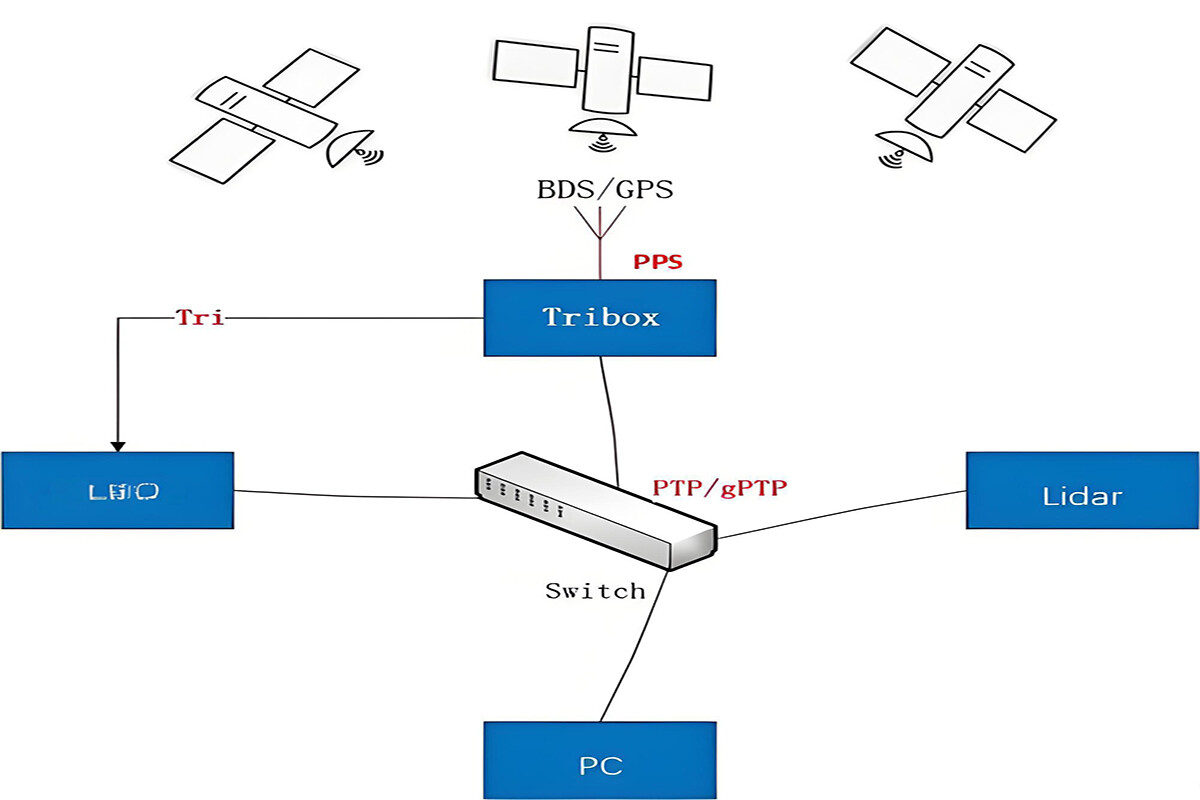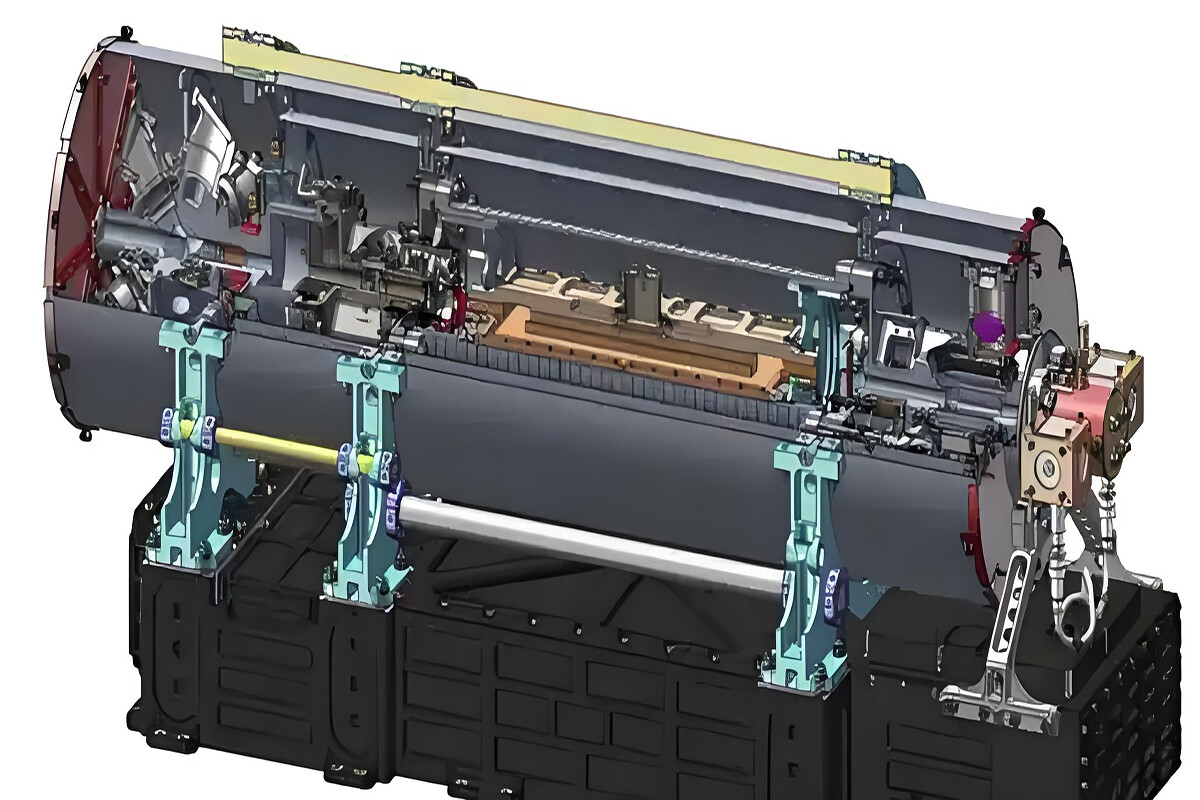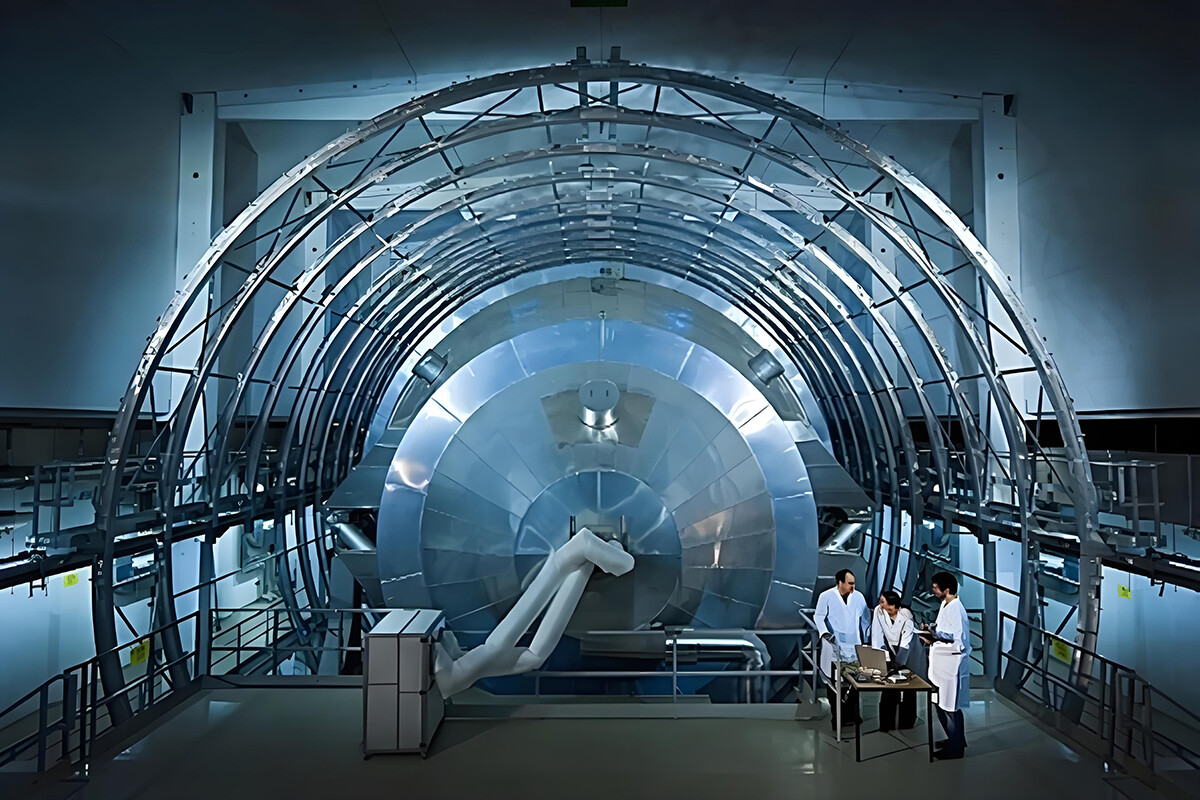RELATED
MESSAGE
I. Quantum Mechanical Basis of Atomic Energy Level Transitions
Energy Level Transition Mechanism
When electrons inside an atom transition between different energy states (the ground state and excited states), they will absorb or emit electromagnetic
waves of specific frequencies. Such transition frequencies are determined by the laws of quantum mechanics and possess extremely high stability. For
example, the cesium atomic clock uses the transition frequency (9,192,631,770 Hz) between two hyperfine energy levels of the cesium-133 atom as a
reference.
Resonance Detection Principle
By adjusting the frequency of the external electromagnetic field (such as microwaves or lasers) to match the inherent transition frequency of the atom.
When resonance is achieved, the atom will absorb a large amount of energy and undergo an energy level transition. At this time, the detection system
locks onto this frequency as a time reference.
II. Implementation Paths of Key Technologies
Differences between Microwave Clocks and Optical Clocks
Microwave Clocks (such as cesium atomic clocks) use the microwave band (about 9 GHz) to stimulate atomic transitions, with an accuracy reaching an
error of 1 second in every 20 million years.
Optical Clocks (such as strontium optical lattice clocks) utilize optical frequencies (about 429 THz), improving the accuracy to an error of 1 second in 30
billion years. They convert high-frequency optical signals into countable low-frequency signals through optical frequency comb technology.
Feedback Control System
Atomic clocks contain a closed-loop adjustment system: the oscillator generates the initial frequency → the atomic resonance cavity detects the
absorption peak → the feedback circuit corrects the oscillator frequency → finally, a stable signal is output. For example, the NIST-F2 cesium fountain
clock achieves a stability on the order of E-16 through microwave resonance technology.
III. Scientific Breakthroughs in Performance Improvement
Material Selection
Cesium (Cs) and rubidium (Rb) have become the top choices due to their clear energy level structures and stable transition frequencies. In 2025,
China's new rubidium clock has improved the second-level stability to E-14 (one part in a quadrillion), and the strontium optical lattice clock can even
achieve an error of 1 second in billions of years.
Technological Evolution
From the first atomic clock in 1948 to the space cold atomic clock carried by Tiangong-2 in 2016, and then to the quantum clock developed by the UK
in 2025, the technological path has developed from macroscopic devices to chip-level integration.
IV. Application Scenarios and Strategic Significance
The high precision of atomic clocks makes them the core components of satellite navigation systems (such as GPS and Beidou), enabling positioning
through time ranging. In addition, fields such as deep space exploration, synchronization of financial transactions, and synchronization of 5G networks
all rely on the nanosecond-level time reference provided by atomic clocks.
CONTACT US
Please use the form below to get in touch.
If you need a reply we will get in touch as soon as possible.





